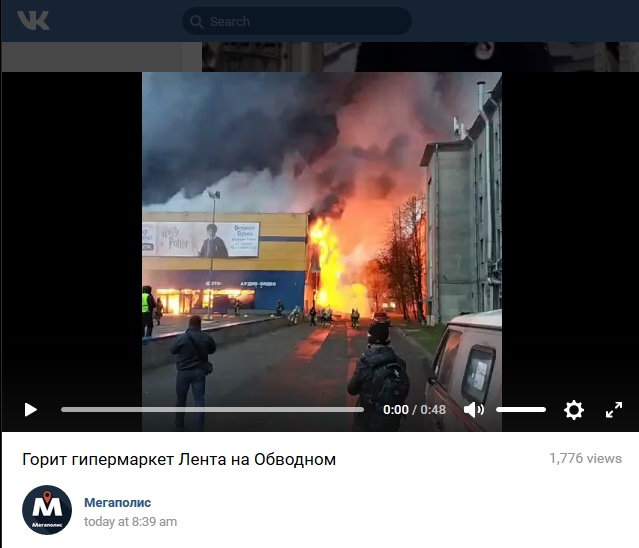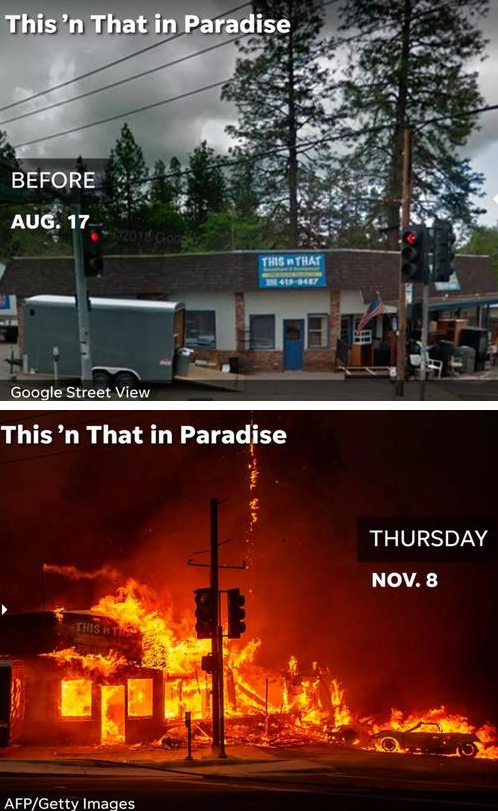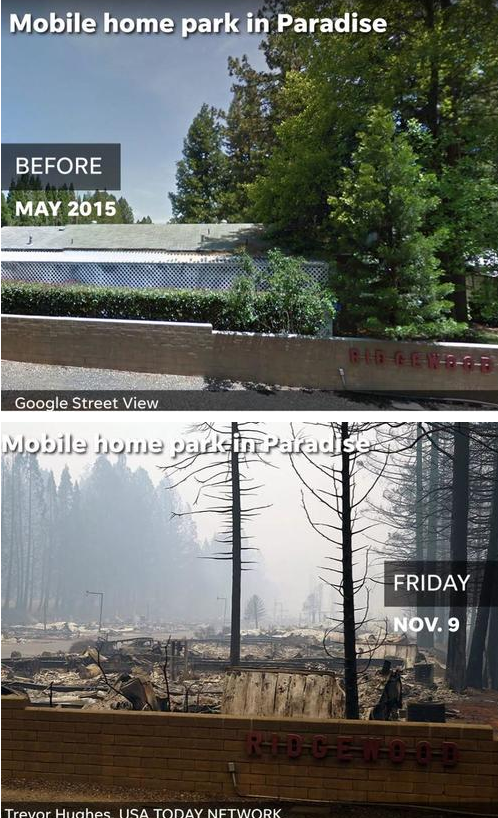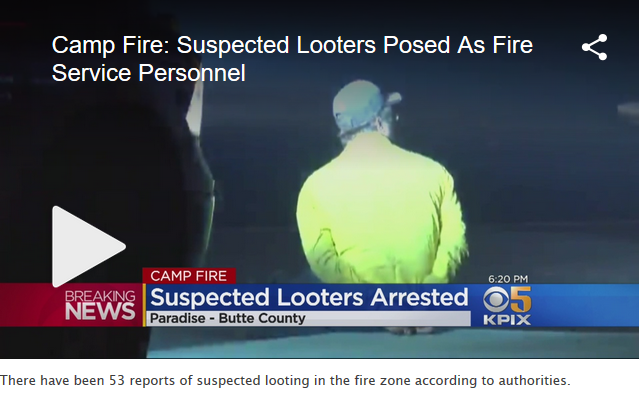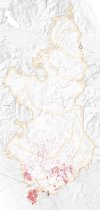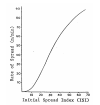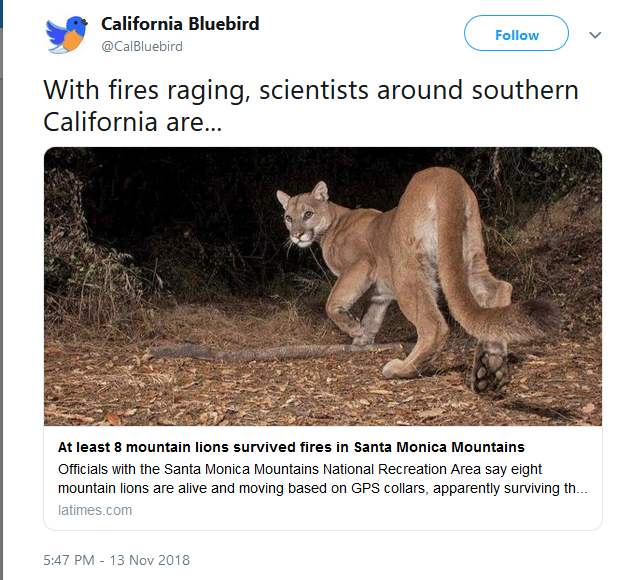This is the third time in 13 months we Northern Californians have been told that the ongoing fire is the most destructive fire on record. No, wait, the Ranch fire just a few months ago was the largest in CA history. Any ideas why multiple fires start at often exactly the same time in different areas?
That's a very interesting question. It all seems to have some other explanation other than what we are being told.
Meanwhile:
Around 800 shoppers were forced to flee a mall in the Russian city of St. Petersburg when a massive fire broke out inside. Pictures have emerged on social media showing plumes of smoke billowing from the burning building.
One of the buildings of the popular supermarket chain, ‘Lenta,’ was engulfed by flames at around 8am local time on Saturday. The inferno raged across an area almost the size of a football field, around 5,000 square meters.
The 24-hour shop was open at the time of the incident. Tass reported that one person was injured, but this has yet to be confirmed by the emergency services.
Emergency services told the media that the fire may have started on the roof of the building, which subsequently collapsed.
Locals took to social media to share dramatic pictures and footage of the blaze. Plumes of thick, black smoke could be seen from various parts of the city.
More than 50 firefighters were sent to battle the fire and managed to bring it under control in around two hours. There is no threat to any other buildings in the area.
